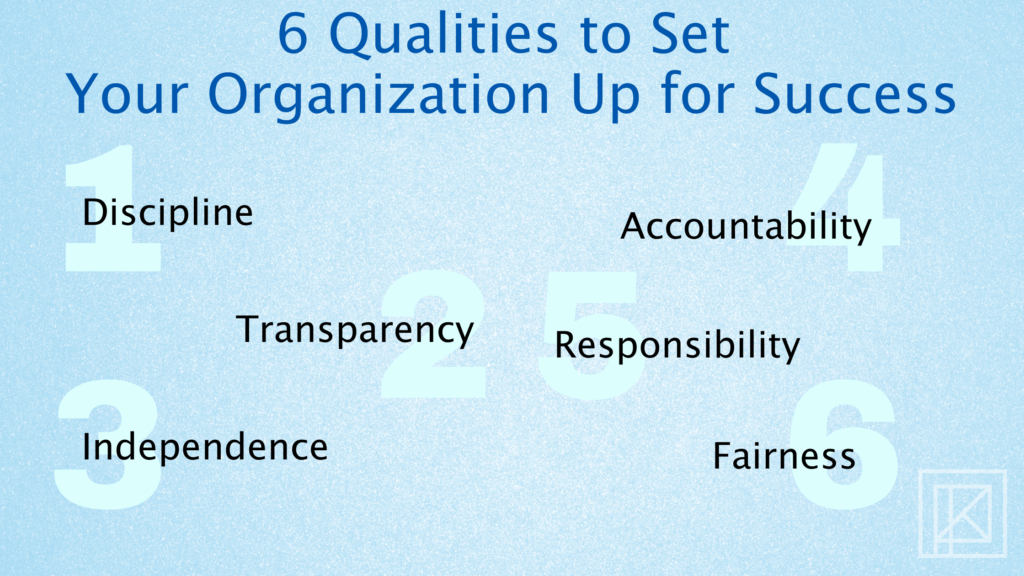Functional Architecture Governance is about determining which functions can be shared and whether they should be.
What to Consider When Determining Whether a Function Should be Shared
- Does it benefit the client? (i.e., will it improve their user experience?)
- Will it improve service delivery?
- Will it enable reducing the storage of redundant data?
- Will it improve the accuracy of reporting across programs? (i.e., how many unique clients does the program, division, or agency require?)
What is Architecture Governance?
Architecture governance, according to The Open Group Architecture Framework, is the practice and orientation which controls the enterprise architecture. It defines how you can evaluate, improve, and manage your enterprise systems to ensure they are fit for purpose and are constructed the right way. This is an important factor when determining shared functions across any enterprise.

The Six Qualities of Successful Functional Architecture Governance
Discipline
Everyone involved is committed to following the governance processes and the authority of architectural decisions.
Transparency
Processes, outcomes, and actions are available for everyone to see and understand.
Independence
Decisions and assigned actions are made in a manner that is not influenced by any one group.
Accountability
Clearly defined individuals or groups are responsible for carrying out governance tasks.
Responsibility
Everyone acts professionally towards the best interests of the organization and its stakeholders.
Fairness
Decisions are unbiased and not influenced by personal preferences and prejudices.
The Benefits of Ongoing Functional Architecture Governance
- Coordinates IT processes, resources, data, and information to organizational strategies and objectives.
- Integrates and institutionalizes the best practices for IT.
- Aligns with industry frameworks.
- Enables the organization to leverage its information, infrastructure, hardware, and software assets.
- Protects the assets of the organization.
- Supports regulatory and best practice requirements such as security, responsibility, accountability, and audibility.
- Promotes visible risk management.
Check Out the Rest of Our IT Governance Series
We’ll Help Your Organization Thrive
Here at Public Knowledge®, we have the perfect blend of systems, programs, and people to pinpoint your organization’s needs. Whether that’s Functional Architecture Governance or beyond, we have the answers to questions of all complexities.